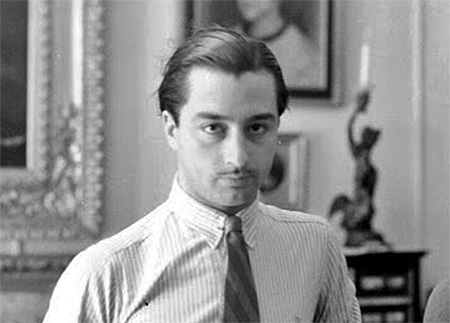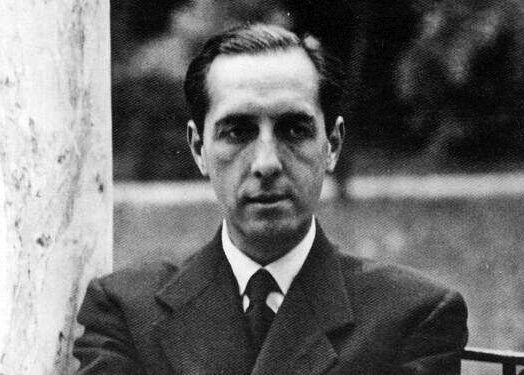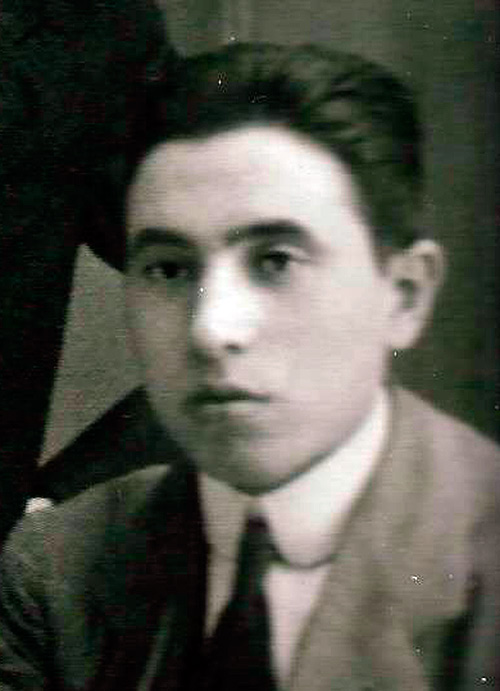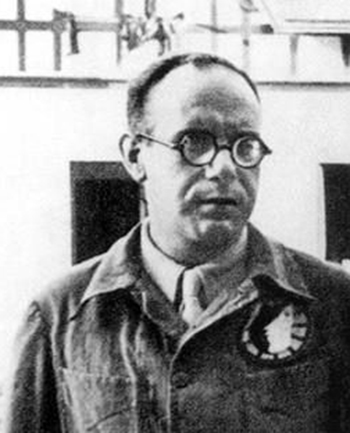Spanish sculptor known not so much for his work as for the love affair he had with Federico García Lorca during 1927 and 1928, although they already knew each other in 1925 at least. His father was a military man from Zaragoza, Ángel Aladrén Guedes, and his mother, an Austrian born in Vienna, Carmen Perojo Tomachevski, with a Russian mother. He had entered the School of Fine Arts in 1922. There he met Dalí and Maruja Mallo, with whom he also had a love affair. He participated in exhibitions and artistic competitions and won a medal in the National Competition of Fine Arts in 1934. During the dictatorship he obtained some success making busts of relevant characters of the Regime.
His lover Maruja Mallo wrote: “Emilio was a pretty boy, very handsome, very handsome, like a Greek ephebe. He was a beau of mine (as they say in Argentina) and Federico took him from me […]”
He was phyisically attractive, with an exotic beauty, and athletic. He had a rebellious character, not arousing too much sympathy in his environment, and was fond of parties and drinking. Many testimonies of the time maintain that he was not homosexual. Maruja Mallo herself, whose lover he was, describes him as follows: “Emilio was a pretty boy, very handsome, very handsome, like a Greek ephebe. He was a beau of mine (as they say in Argentina) and Federico took him from me because, among other things, he had a Russian temper and said so many things to him that, of course, Emilio got excited and left with him”. Ian Gibson accumulates several testimonies about his heterosexuality. Only a few letters or cards of the correspondence between Lorca and Aladrén survived. Aladrén wanted at all costs to succeed as a sculptor and was willing to cling to anyone who could help him, among whom was Lorca, although he was not the only one.
The first surviving letter from Aladrén to the poet is from 1925: “You don’t know how I long to see you! Write to me, write to me every day!”, he demands.
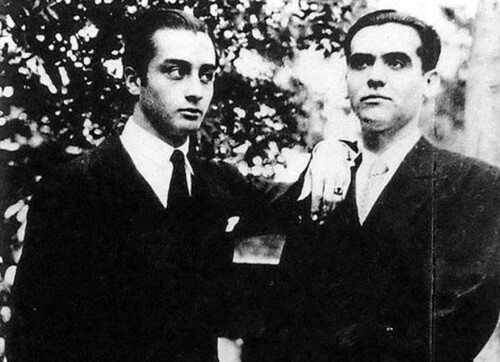
In 1928, Emilio made a plaster bust of Lorca, probably to serve as a letter of introduction to the poet’s friends linked to the Residence, such as Dalí or Buñuel. Federico did his best to promote his friend and spoke of him as one of the best Spanish sculptors. He tried through Rivas Cherif to have the sculpture reproduced in ABC, although the theater director did not agree. The only thing he managed to do that summer was to have a photograph of the sculpture appear in El Defensor de Granada, accompanying a review of Gypsy Ballads.
Only three letters from the sculptor to Lorca are known to exist. None of the letters from Lorca to the sculptor have been preserved. Some missives are preserved, such as those addressed to Jorge Zalamea, where Federico supposedly speaks of his relationship with Aladrén. From these letters we know of the deep crisis he suffered during the summer of 1928 due, among other things, to the start of his estrangement from the sculptor, in love with the Englishwoman, Eleanor Dove. This was probably one of the reasons that led him to flee to New York in June 1929. Some of the poet’s compositions, such as Fable and Wheel of the Three Friends, state that the transcript of the sculptor or his girlfriend Eleanor, whom everyone called Elena, appears in his letters.
